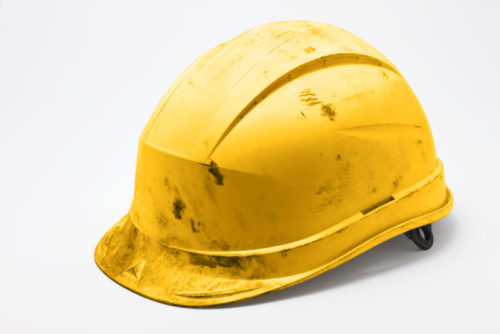Laws relating to health and safety provide a legal duty for businesses to protect the health, safety and welfare of all employees- as well as any others who may be affected. Here, we offer an overview of the most common accidents and the regulations which aim to prevent them.
Having good health and safety practices in the workplace is vital to keeping employees safe. Not only that, but businesses can often overlook how proper compliance can help the company itself. By reducing your staff absence due to having effective control measures in place regarding illness or accidents at work, the business will benefit by saving time and costs associated with recruiting and training new members of staff.
The five most common accidents at work
- Lifting, carrying, and handling: this can be caused by several issues: lack of training, lifting beyond the recommended lifting capacity, whilst injured, or repeatedly lifting objects.
- Trips, slips, and falls: this is usually caused as result of poor floor conditions; unmarked hazards such as spillages, ice in poor weather conditions, incorrect footwear, or protrusions from the floor.
- Struck by a moving object: this could include being struck by objects that are being moved by hand or with the aid of equipment or machinery, such as a fork lift.
- Contact with moving machinery: this can occur in many circumstances, for instance machinery being left unguarded, or machinery being used for something other than its designed purpose. Another big factor is tiredness which affects concentration.
- Falls from a height: incorrect use of ladders or scaffolding, poor conditions of working at height equipment, falling down unmarked holes, and a la
ck of training can all cause such an accident.
First and foremost, a proper understanding of the key regulations can be vital to avoiding these accidents in the first place. Some of the provisions to be aware of include:
The Management of Health and Safety at Work Regulations 1999
Employers must carry out risk assessments concerning staff health and safety, providing employees with information and training on occupational health and safety. There must also be a written health and safety policy.
The Workplace (Health, Safety and Welfare) Regulations 1992
This regulation requires employers to provide satisfactory lighting, heating, ventilation and workspace, staff facilities, and safe passageways.
The Health and Safety (Display Screen Equipment) Regulations 1992
This applies to employees who use a computer as a significant part of work. Employers must carry out risk assessments of workstations, ensuring that staff takes adequate regular breaks, and provide regular eyesight tests.
The Reporting of Injuries, Diseases and Dangerous Occurrences Regulations 1995
Employers are required to report work-related incidents, injuries and diseases, for example to the HSE, or the local authority environmental health department. Any accident must be recorded in an accident book.
How we can help
Achieving and evidencing compliance with law and regulations for businesses can feel burdensome and time consuming- but it must be given full consideration. Engaging a specialist solicitor to offer advice on compliance can alleviate these issues, as well as being a key preventative measure.
The costs of not adhering to regulations can be significant. Fines, which can be unlimited, can have a deeply adverse effect upon the business and those who run it. Prison sentences can also result- so the stakes can be high indeed.
If you have any further queries regarding health and safety compliance, call Ison Harrison on 0113 284 5000.

















